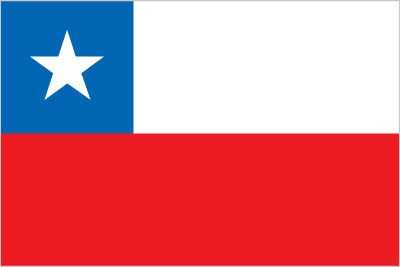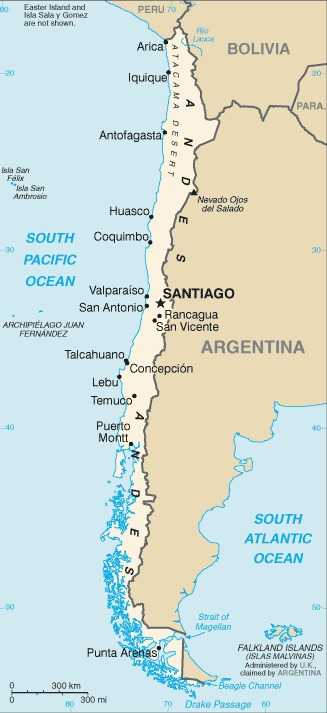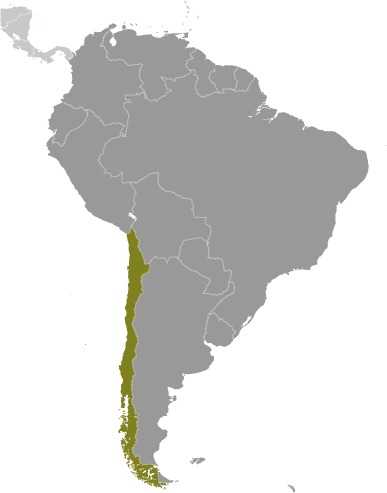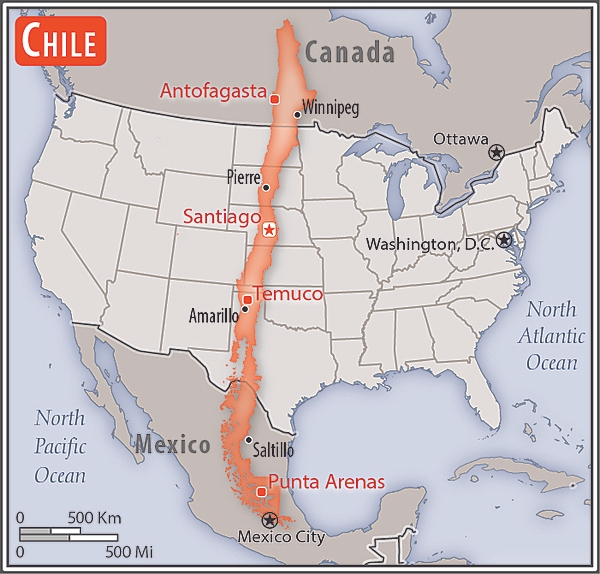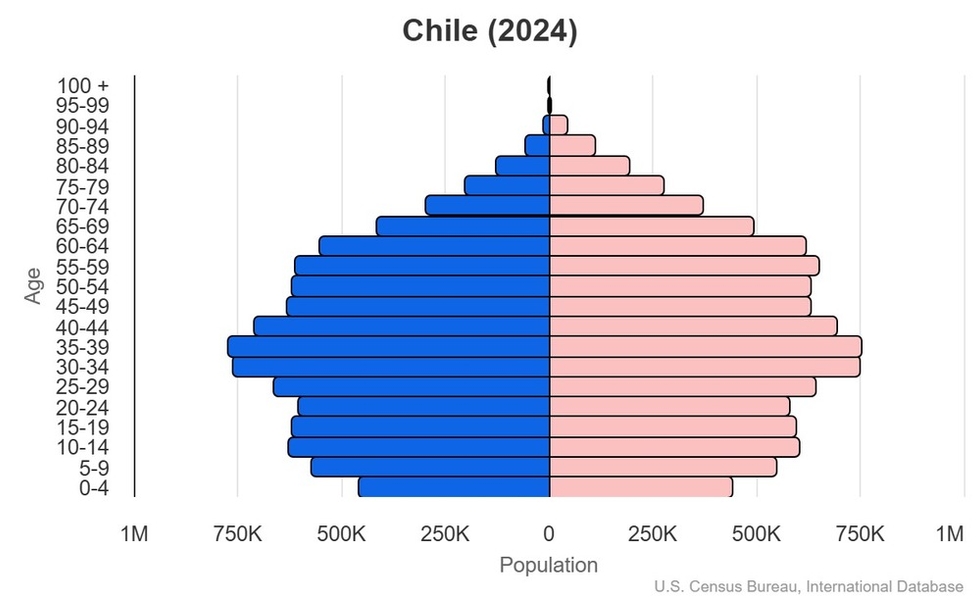Introduction
Visit the Definitions and Notes page to view a description of each topic.
Geography
People and Society
Population
comparison rankings: total 67; male 67; female 67
Languages
Median age
comparison ranking: total 85
Population growth rate
comparison ranking: 136
Birth rate
comparison ranking: 140
Death rate
comparison ranking: 133
Net migration rate
comparison ranking: 74
Maternal mortality ratio
comparison ranking: 150
Infant mortality rate
comparison ranking: total 166
Life expectancy at birth
comparison ranking: total population 55
Total fertility rate
comparison ranking: 148
Obesity - adult prevalence rate
comparison ranking: 32
Alcohol consumption per capita
comparison ranking: total 47
Tobacco use
comparison ranking: total 37
Education expenditure
comparison ranking: Education expenditure (% GDP) 63
Environment
Carbon dioxide emissions
comparison ranking: total emissions 46
Government
Economy
Real GDP (purchasing power parity)
comparison ranking: 43
Real GDP growth rate
comparison ranking: 133
Real GDP per capita
comparison ranking: 78
Inflation rate (consumer prices)
comparison ranking: 129
GDP - composition, by sector of origin
comparison rankings: agriculture 121; industry 55; services 115
Industrial production growth rate
comparison ranking: 70
Labor force
comparison ranking: 56
Unemployment rate
comparison ranking: 143
Youth unemployment rate (ages 15-24)
comparison ranking: total 47
Gini Index coefficient - distribution of family income
comparison ranking: 27
Taxes and other revenues
comparison ranking: 70
Current account balance
comparison ranking: 171
Reserves of foreign exchange and gold
comparison ranking: 46
Energy
Electricity
comparison rankings: installed generating capacity 33; consumption 38; transmission/distribution losses 158
Energy consumption per capita
comparison ranking: 70
Communications
Telephones - fixed lines
comparison ranking: total subscriptions 48
Telephones - mobile cellular
comparison ranking: total subscriptions 50
Broadband - fixed subscriptions
comparison ranking: total 38
Transportation
Merchant marine
comparison ranking: total 64

